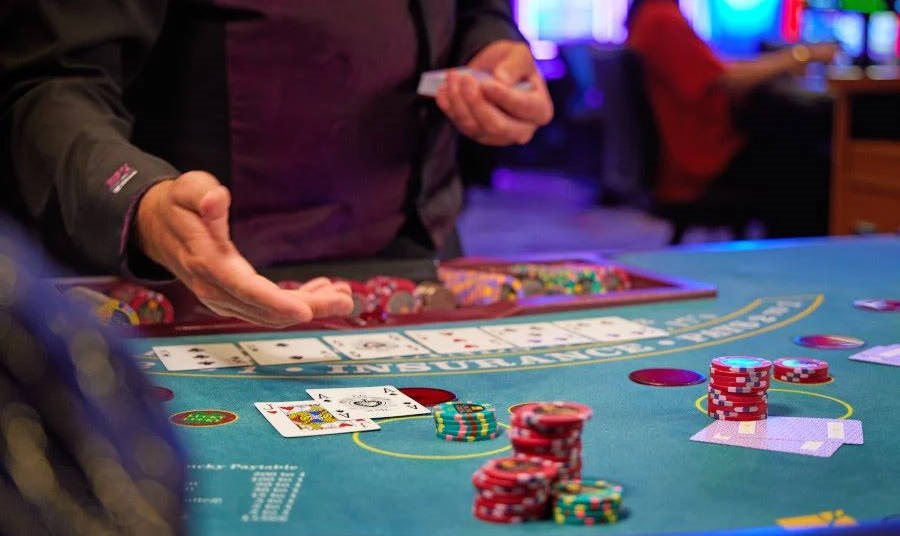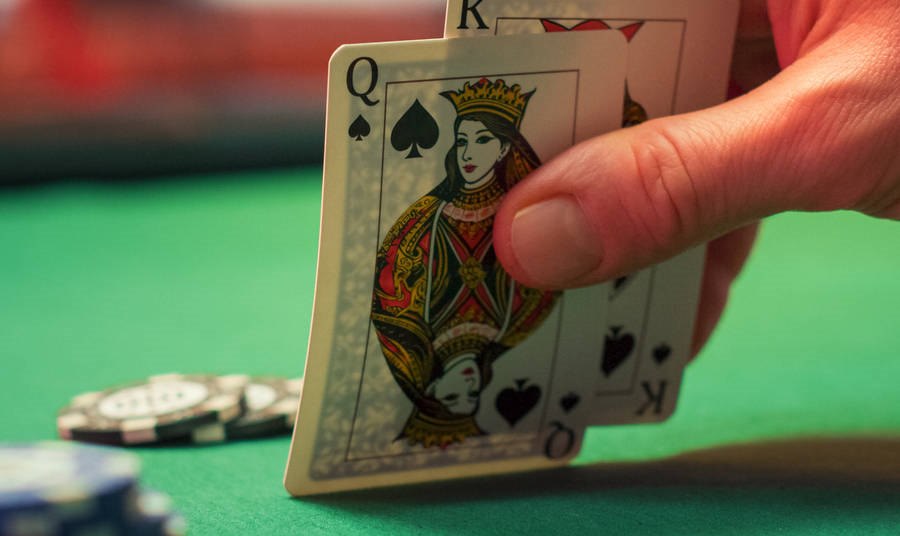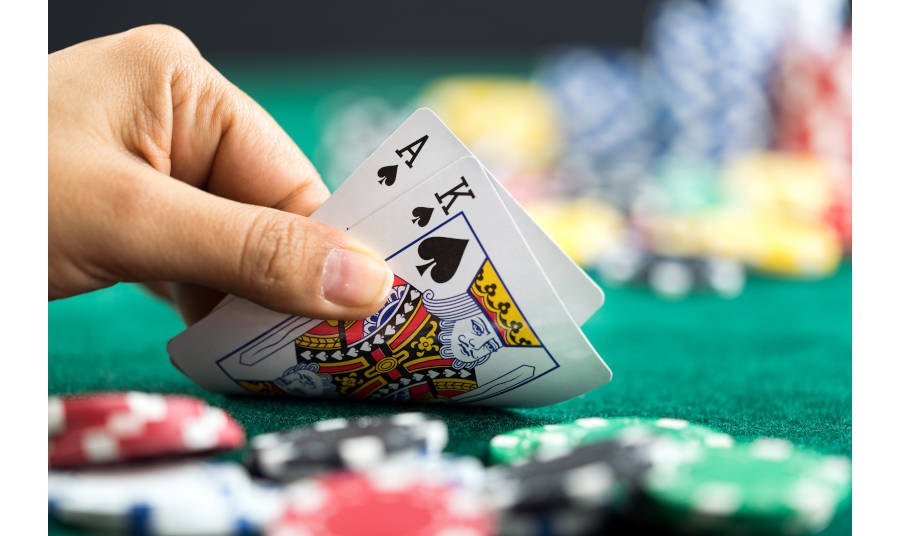
How to Play Blackjack
Blackjack is among the most popular and widely played table games worldwide. Known for its simple rules and mix of luck and strategy, it's an enticing game with potential big wins. Whether you're a beginner or need a refresher, understanding the basics of blackjack is key to improving your game.Blackjack Basics
Blackjack is a card game played between one or more players and a dealer. The objective is to have a hand value closer to 21 than the dealer's hand without exceeding 21. The game is played with six-deck shoe including double decks or single decks. Each card has its own value.Objective of Blackjack
The primary goal in blackjack is to beat the dealer's hand by either:- Having a hand value exceeding the dealer's without exceeding 21.
- Or having the dealer's hand exceed 21, known as a "bust."
- Or achieving a hand value of 21 on your first two cards, which is a "blackjack."
Blackjack Card Values
Understanding the value of each card is essential to knowing how to make a winning hand in blackjack. Number cards (2-10) are worth their face value. Face cards (Jack, Queen, King) are worth 10 points. An Ace is a special card that can be worth either 1 point or 11 points, depending on which value benefits the hand more.Blackjack Table Layout
The dealer stands behind a semicircular table with a chip tray and a place for the dealer's cards. The table typically accommodates up to seven players, each with a designated betting area in front of them. The betting circle is in front of the players, and it is where they place their bets before the cards are dealt.How to Play Blackjack
Blackjack begins with each player and the dealer getting two cards. The players' cards are dealt face down, while one of the dealer's cards is dealt face up (known as the "upcard") and the other face down (the "hole card"). Game play then continues as follows:Dealer Rules
Specific rules dictate the dealer's actions. Typically, the dealer must hit or take more cards until their hand reaches 17 or higher. In some game variations, the dealer must hit on a "soft 17" (a hand totaling 17 that includes an ace). Once the dealer reaches 17 or more, they must stand and can no longer draw additional cards. Unlike players, the dealer cannot double down or split their cards.
Player Rules and Betting Options
Players have several actions they can take during their turn, depending on the cards they are dealt:Hit
A player chooses to take another card from the dealer to increase the total value of their hand. Players can continue hitting until they either stand or bust (exceed 21).Stand
When a player is satisfied with their hand total, they can choose to stand, meaning they take no additional cards. This is often done when the player believes their hand is strong enough to beat the dealer's hand.Double Down
This option allows players to double their original bet in exchange for receiving only one more card. Doubling down is usually done when the player has a strong hand, such as a total of 10 or 11, and believes the next card will give them a winning total.Split
If a player is dealt two cards of the same value, they can split them into two hands, each with its own bet. The dealer will then deal an additional card to each hand, and the player will play out each hand independently. At Cache Creek Casino, you can spilt up to four times, including Aces. A separate matching bet is required for each hand.Surrender
Some blackjack games offer a surrender option, where players can forfeit half of their bet and end the round before any additional cards are dealt.Blackjack Strategies
While blackjack is a game of chance, employing specific strategies can significantly improve your odds of winning. Understanding the basics of betting and knowing when to take specific actions can give you an edge over the house. Here are some essential blackjack strategies that every player should know:Flat Betting
Flat betting is the most straightforward betting strategy in blackjack. With flat betting, you wager the same amount on every hand, regardless of whether you win or lose. This strategy is beneficial for beginners because it helps manage your bankroll and reduces the risk of significant losses.Progressive Betting
Progressive betting involves adjusting your bet size based on the outcome of the previous hand. There are two main types of progressive betting strategies:- Positive Progression: You increase your bet after a win and decrease it after a loss. The idea is to capitalize on winning streaks while minimizing losses during losing streaks.
- Negative Progression: You increase your bet after a loss and decrease it after a win. This strategy aims to recoup losses by winning a larger bet after a losing streak.
Advanced Tips
To truly master blackjack, it's essential to know when to take specific actions based on the cards you and the dealer are holding. These advanced tips can help you make informed decisions during the game:When to Hit or Stand
Generally, it would be best to hit when your hand total is 8 or less, as it's impossible to bust with one more card. Also, if you have a hand total of 12 to 16 and the dealer's upcard is 7 or higher, hitting might be the best option, as the dealer has a good chance of winning with a strong upcard.You should stand when your hand total is 17 or higher, especially if the dealer's upcard is 6 or lower. In this case, the dealer is more likely to bust, so standing gives you the best chance of winning.
When to Double Down
It would be best to consider doubling down when you have a hand total of 10 or 11 and the dealer's upcard is 9 or lower. In this scenario, you have a strong chance of landing a high card, giving you a total of 20 or 21. Also, consider doubling down when you have a hand total of 9 and the dealer's upcard is 3 through 6. The dealer is disadvantaged, and doubling down can capitalize on this opportunity.When to Split
You should always split aces and 8s. Splitting Aces gives you two chances to hit 21 while splitting 8s turns a weak 16 into two separate hands, each with the potential to improve. You should never split 10s or 5s. A hand total of 20 is already solid, so splitting 10s would weaken your position. Similarly, splitting 5s gives you two weak hands instead of one potentially strong hand.When to Surrender
Consider surrendering when you have a hand total of 16 and the dealer's upcard is 9, 10, or ace. Also, consider surrendering when you have a hand total of 15 and the dealer's upcard is 10. Similar to the above situation, surrendering can be a wise choice to minimize losses.Common Blackjack Mistakes to Avoid
Even with a solid understanding of the game, it's easy to make blackjack mistakes that can cost you money and reduce your chances of winning. By being aware of these common pitfalls, you can improve your gameplay.Not Following Basic Strategy
One of players' most significant mistakes is not following a basic blackjack strategy. This strategy is based on statistical probabilities and outlines the best move for every possible hand combination. Ignoring basic strategy in favor of hunches or gut feelings can lead to poor decisions and increased losses.Chasing Losses
Chasing losses is a common and dangerous mistake in blackjack. When players experience a losing streak, they might feel tempted to increase their bets in an attempt to win back what they've lost. This approach can lead to even more significant losses, often resulting in betting more than you can afford.Ignoring Bankroll Management
Proper bankroll management is crucial in blackjack, yet many players overlook it. You can quickly deplete your funds without setting limits on how much you're willing to spend. Always decide on a budget before you start playing, and stick to it, regardless of whether you're winning or losing.Playing Blackjack Responsibly
Blackjack is an exciting and engaging game, but playing responsibly is essential to ensure that your experience remains enjoyable and within your financial means. Here are some tips for playing blackjack responsibly:Set a Budget
Before you start playing, set a budget for how much money you're willing to spend. This budget should be an amount that you're comfortable losing, as there's always a risk involved in gambling. Once you've reached your budget limit, it's time to walk away, win or lose.Know the Risks
While blackjack offers favorable odds compared to other casino games, it's still a game of chance, and losses are always possible. Be aware that no strategy can guarantee a win, and be prepared for both winning and losing streaks.Take Breaks
It's easy to get caught up in the excitement of the game, especially when you're on a winning streak. However, regular breaks give you time to clear your mind, assess your strategy, and make better decisions when you return to the game.
